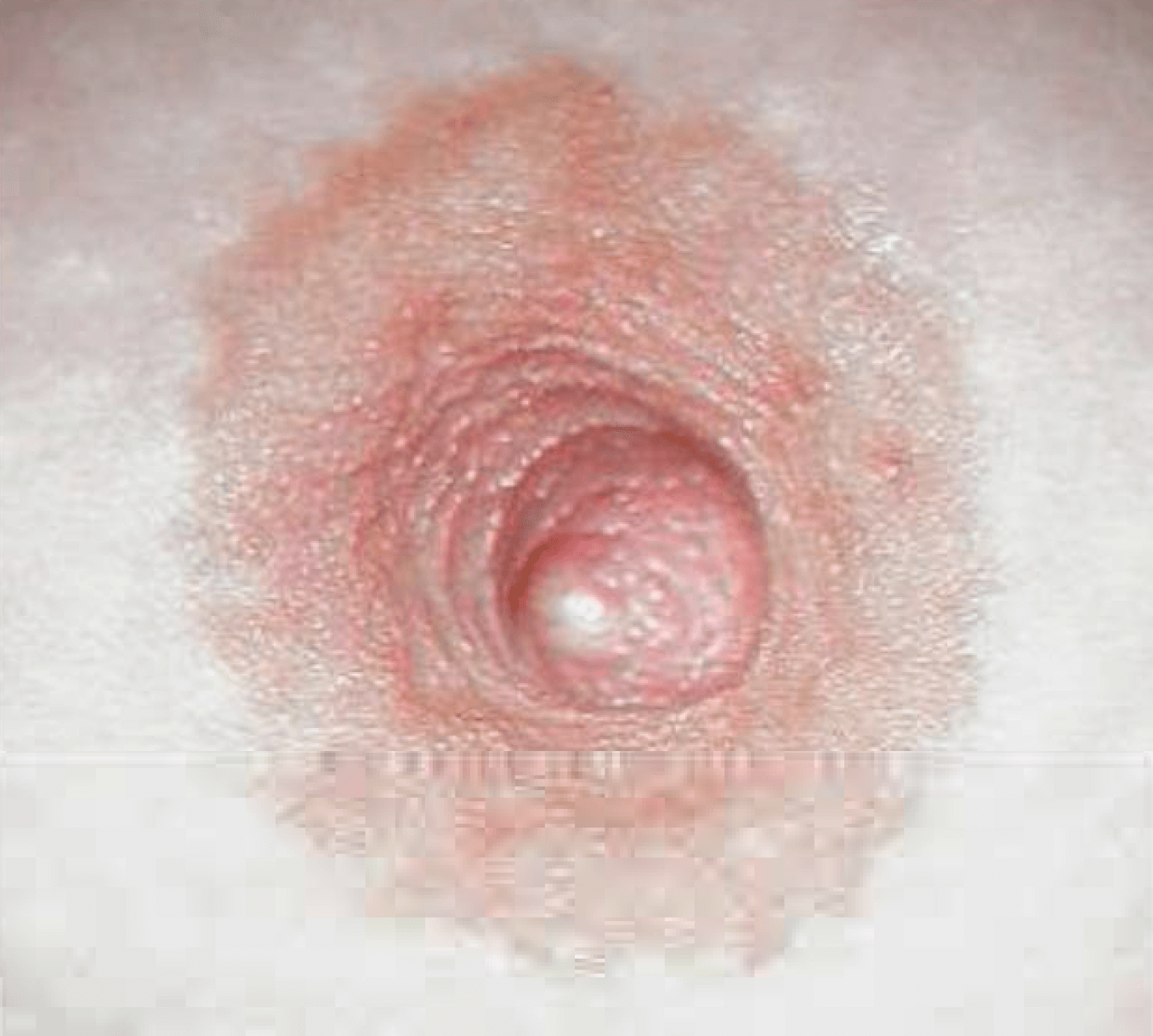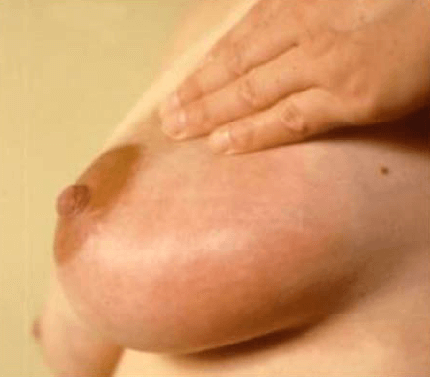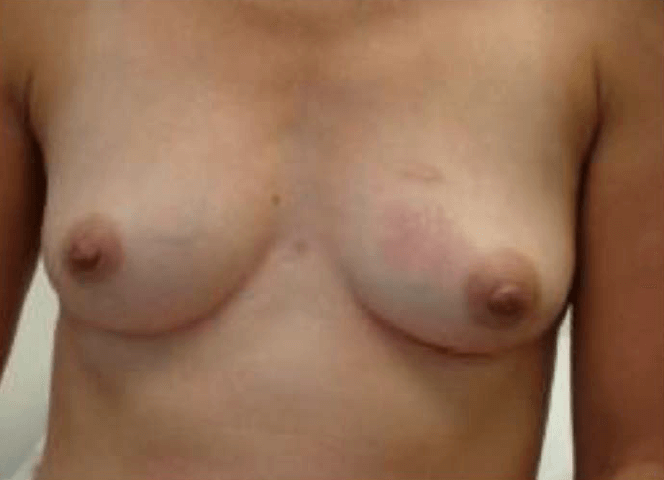Plugged Ducts and Mastitis
Plugged Ducts
If you notice a small lump the size of a pea in your breasts, it may be a plugged duct. This occurs when a portion of the breast does not get emptied completely during feedings.
Remedy:
- Apply a warm compress to the area before feeding
- Massage the lump towards the nipple during a feeding
- It may take 2 or 3 feedings for it to completely empty. Position your baby’s chin or nose towards the area of the lump. This is where the greatest emptying will occur.
- If you find a persistent lump that does not respond to these measures, please see your healthcare provider. It could be a different problem.
Plugged Nipple Pore (Bleb)
This appears as a small white dot on the tip of the nipple and is usually very painful. It is one milk duct that has become plugged.
Remedy:
- Soften the plug with a warm compress
- Massage the nipple beginning near the plug and gradually work your way back following the duct, if you can feel it.
- In persistent cases, you may need to see your health care provider for unroofing (taking the upper layer of skin off of the bleb)
Mastitis
This occurs most frequently in mothers who have had a cracked or blistered nipple or who are undergoing a period of stress such as returning to work, participating in holiday activities, or experiencing a change in normal daily routine.
Symptoms may include:
- High fever, starting suddenly
- Hot, reddened area
- Red streaks
- Pain and a lump in the breast
- Hard, wedge-shaped area
- Flu like symptoms and chills
- Extreme tiredness
Remedy:
- Apply warm compresses before feedings
- Gently massage the area
- Keep your breast empty by frequent nursing
- Continue to breastfeed, even on the affected side
- If your baby does not empty that side well, use a good quality breast pump after feedings
- Apply ice after feedings for 10 – 15 minutes for the first day or two.
- Rest in bed as much as you can
- Drink plenty of fluids.
Your physician, usually your obstetrician or family doctor, will prescribe an antibiotic. You must take a full 7-10 day course of medication. Do not stop taking it until the prescription is gone even though you start to feel better. Inadequately treated mastitis is more likely to return.





Share this entry